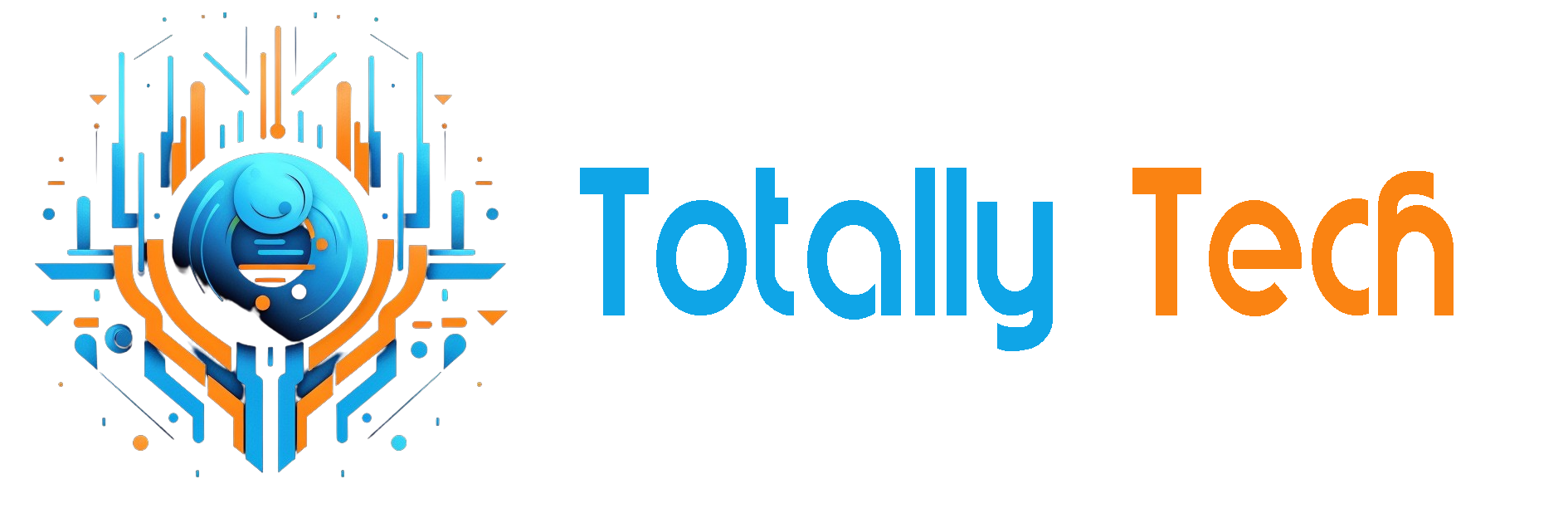
Matthew Fitzpatrick is a seasoned operations and growth specialist with deep expertise in scaling complex workflows and teams. With a background that spans consulting, strategy, and operational leadership, he currently serves as CEO at Invisible Technologies, where he focuses on designing and optimizing end-to-end business solutions. Matthew is passionate about combining human talent with automation to drive efficiency at scale, helping companies unlock transformative growth through process innovation.
Invisible Technologies is a business process automation company that blends advanced technology with human expertise to help organizations scale efficiently. Rather than replacing humans with automation, Invisible creates custom workflows where digital workers (software) and human operators collaborate seamlessly. The company offers services across areas like data enrichment, lead generation, customer support, and back-office operations—enabling clients to delegate complex, repetitive tasks and focus on core strategic goals. Invisible’s unique “work-as-a-service” model provides enterprises with scalable, transparent, and cost-effective operational support.
You recently transitioned from leading QuantumBlack Labs at McKinsey to becoming CEO of Invisible Technologies. What drew you to this role, and what excites you most about Invisible’s mission?
At McKinsey, I had the privilege of working at the forefront of AI innovation – building AI software products, leading R&D efforts, and helping enterprises harness the power of data. What drew me to Invisible Technologies was the opportunity to make it operational at scale with a combination of a uniquely flexible AI software platform and an expert marketplace for human-in-the loop feedback – I believe Reinforcement Learning from Human Feedback (RLHF) is the key to accurate and reliable GenAI implementations. Invisible supports AI across the entire value chain, from data cleaning and data entry automation to chain-of-thought reasoning and custom evaluations. Our mission is simple: combine human intelligence and AI to help businesses deliver on AI’s potential, which in the enterprise has been a lot harder than most people expected.
You’ve overseen 1,000+ engineers and scaled multiple AI products across industries. What lessons from McKinsey are you applying to Invisible’s next phase of growth?
Two lessons stand out. First, successful AI adoption is as much about organizational transformation as it is about technology. You need the right people and processes in place – on top of great models. Second, the companies that win in AI are the ones who master the “last mile” – the transition from experimentation to production. At Invisible, we’re applying that same rigor and structure to help customers move beyond pilots and into production, delivering real business value.
You’ve said that “2024 was the year of AI experimentation, and 2025 is about realizing ROI.” What specific trends are you seeing among enterprises actually achieving that ROI?
Enterprises seeing real ROI this year are doing three things well. First, they’re aligning AI use cases tightly with core business KPIs – such as operational efficiency or customer satisfaction. Second, they’re investing in better quality data and human feedback loops to continuously improve model performance. Third, they’re shifting from generic solutions to tailored, domain-specific systems that reflect the complexity of their environments. These companies are no longer just testing AI – they’re scaling it with purpose.
How is the demand for domain-specific and PhD-level data labeling evolving across foundation model providers like AWS, Microsoft, and Cohere?
We’re seeing a surge in demand for specialized labeling as foundation model providers push into more complex verticals. At Invisible, we have a 1% annual acceptance rate on our expert pool, and 30% of our trainers hold master’s or PhDs. That deep expertise is increasingly necessary – not just to accurately annotate data, but to provide nuanced, context-aware feedback to improve reasoning, accuracy, and alignment. As models get smarter, the bar for training them gets higher.
Invisible is at the forefront of agentic AI, emphasizing decision-making in real-world workflows. What’s your definition of agentic AI, and where are we seeing the most promise?
Agentic AI refers to systems that don’t just respond to instructions – they plan, make decisions, and take action within defined guardrails. It’s AI that behaves more like a teammate than a tool. We’re seeing the most traction in high-volume, complex workflows: such as customer support and insurance claims, for example. In these areas, agentic AI can reduce manual effort, increase consistency, and deliver outcomes that would otherwise require large human teams. It’s not about replacing humans – instead, we’re augmenting them with intelligent agents who can handle the repetitive and the routine.
Can you share examples of how Invisible trains models for chain-of-thought reasoning and why it’s critical for enterprise deployment?
Chain-of-thought (CoT) reasoning has unlocked new potential for enterprise AI. At Invisible, we train models to reason step-by-step, which is essential when stakes are high – whether you’re diagnosing a patient, analyzing a contract, or validating a financial model. CoT not only improves transparency, but also enables debugging, refinement, and performance gains without massive new datasets. We’ve seen leading models like Gemini, Sonnet, and Grok begin disclosing their reasoning paths, which allows us to observe not only what models output, but how they arrive there. This is laying the groundwork for more advanced methods like Tree of Thought (where models evaluate multiple possible reasoning paths before settling on an answer) and Self-Consistency (where multiple reasoning paths are explored).
Invisible supports training across 40+ coding languages and 30+ human languages. How important is cultural and linguistic precision in building globally scalable AI?
It’s critical. Language isn’t just about translation – it’s about context, nuance, and cultural norms. If a model misinterprets tone or misses regional variation, it can lead to poor user experiences, or even compliance risks. Our multilingual trainers aren’t just fluent – they’re embedded in the cultures they represent.
What are the common failure points when companies try to scale from proof of concept to production, and how does Invisible help navigate that “last mile”?
The majority of AI models never make it to production because companies underestimate the operational lift required. They lack clean data, robust evaluation protocols, and a strategy for embedding models into real workflows. At Invisible, we combine deep technical experience with production-grade data infrastructure to help enterprises bridge the gap. Our symbiotic capabilities in training and optimization allow us to both build better models and deploy them successfully.
Can you walk us through Invisible’s approach to RLHF (Reinforcement Learning from Human Feedback) and how it differs from others in the industry?
At Invisible, we see Reinforcement Learning from Human Feedback (RLHF) as more than just fine tuning – it allows for more sophisticated custom evaluation (“eval”) design, and a shift toward training models with nuanced human judgment rather than binary signals like thumbs up and thumbs down. While industry approaches often prioritize scale through high-volume, low-signal data, we focus on collecting structured, high-quality feedback that captures reasoning, context, and trade-offs. This richer signal enables models to generalize more effectively and align more closely with human intent. By prioritizing depth over breadth, we’re building the infrastructure for more robust, aligned AI systems.
How do you envision the future of AI-human collaboration evolving, especially in high-stakes fields like finance, healthcare, or public sector?
AI isn’t replacing human expertise – it’s becoming the infrastructure that supports it. I envision a future where AI agents and human experts work in tandem – where clinicians are supported by diagnostic copilots, government agencies use AI to triage benefits more efficiently, and financial analysts are free to focus on strategy rather than spreadsheets. Our focus is designing systems where AI enhances human capability, rather than obscuring or overruling it.
Thank you for the great interview, readers who wish to learn more should visit Invisible Technologies.
The post Matthew Fitzpatrick, CEO of Invisible Technologies – Interview Series appeared first on Unite.AI.


